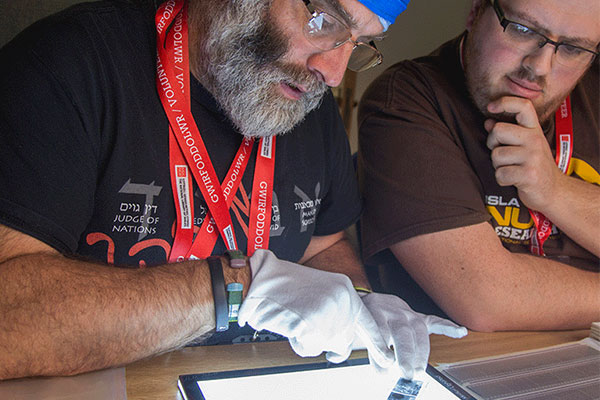Learning toolkit
Background
Cardiff owes much of its history to the Industrial Revolution of the 18th and 19th century. This rapidly increasing iron and coal trade was also the catalyst for the construction of a number of docks during the 1830’s. By the 1880’s, Cardiff had transformed from one of the smallest towns in Wales to the largest and its port was handling more coal than any other port in the world.
During this time, Butetown and the surrounding dockland area grew into a cosmopolitan community with seafarers from all around the world making Cardiff their home. It is estimated that people of at least 50 nationalities settled in this area, which became known as ‘Tiger Bay’. The settlers helped to build the docks, worked aboard the ships and helped to service this industrial and maritime city.
Activities
Objective-To discover more about evacuation into Tiger Bay and the success and challenges migrants faced
Questions
- Describe the early growth of Cardiff. Remember to include the increase in migration in your answer.
- What were the positive consequences of migration into Tiger Bay?
- In your own words, describe the causes, events and impact of the Cardiff Race Riots, 1919.
- What lessons and reflections can we take from studying the history of Tiger Bay? Explain your answers.
- What happened to the community of Tiger Bay in the 1960s and 70s?
Wales migration stories
Learning experiences
(derived from the statements of what matters)
Humanities
- Understanding ideas and perspectives
- Human impact on the world
- Understanding the past
- Understanding human rights
- Similarity and social differentiation
- Contribution to society
- Identity
Health and Well-being
- Empathy
- Understanding relationships
- Feelings and mental health
- Social decisions
- Social awareness











